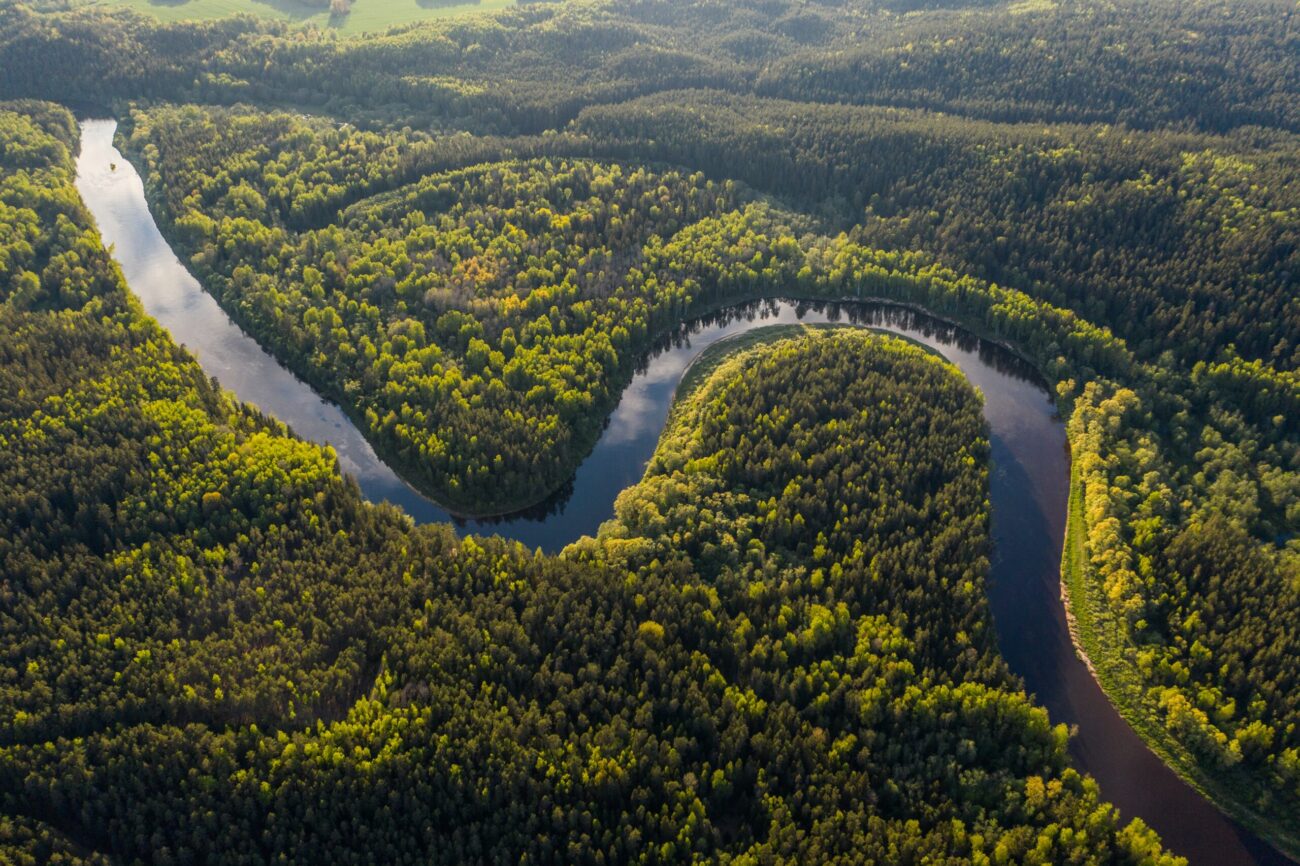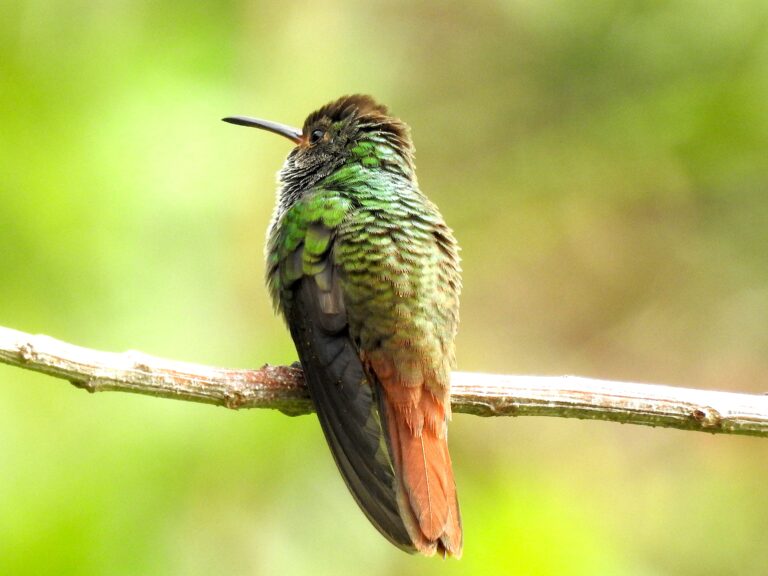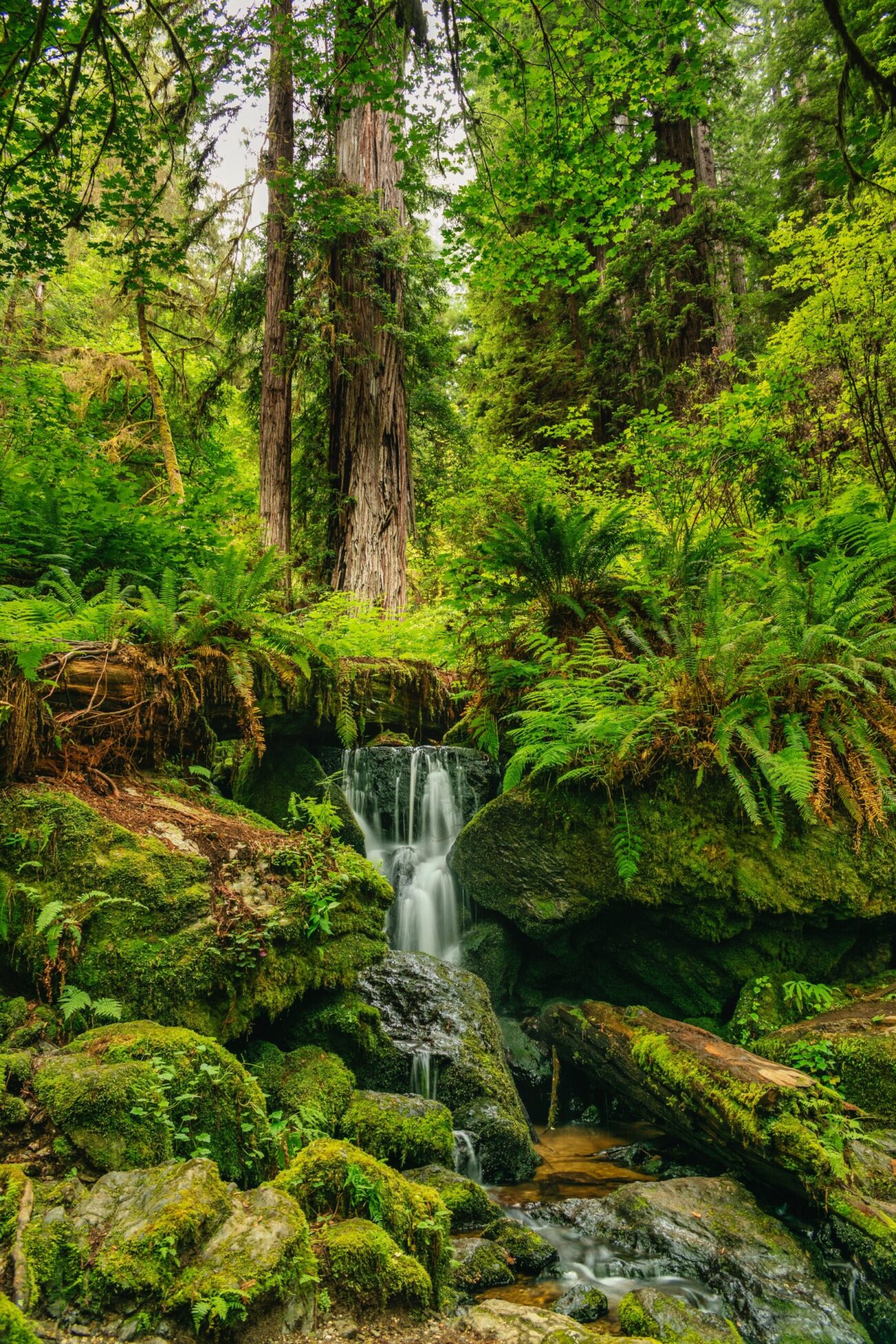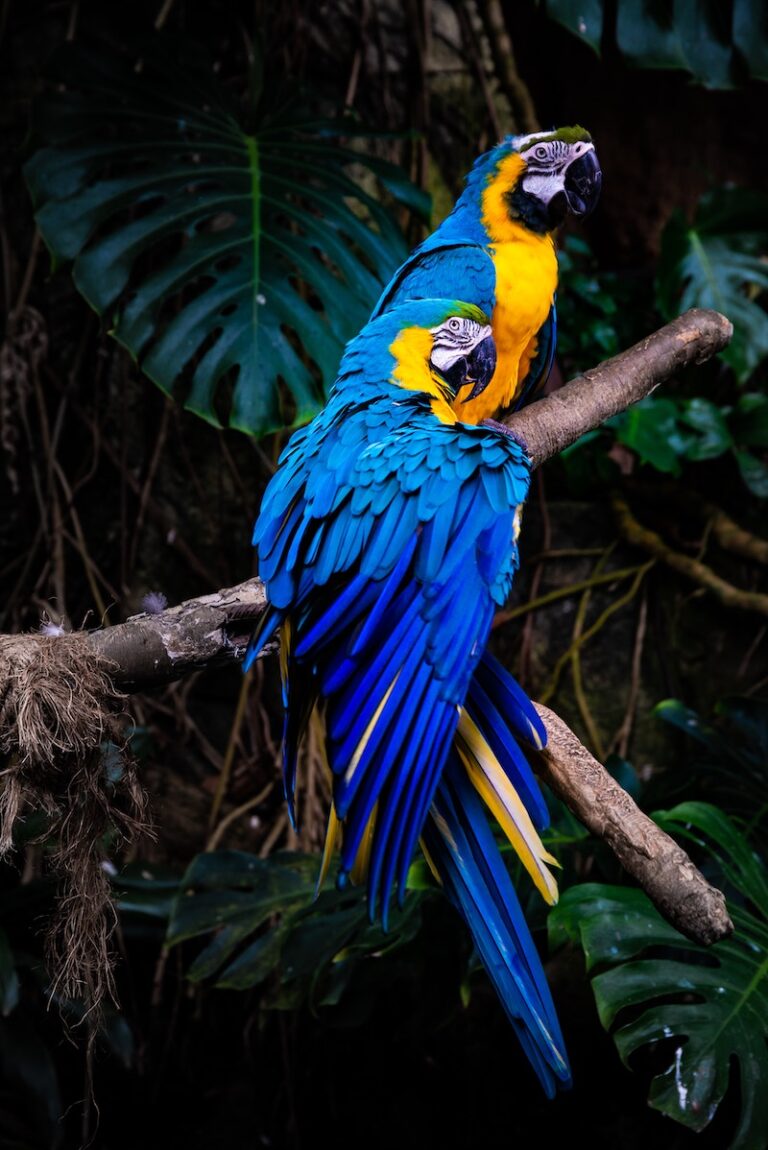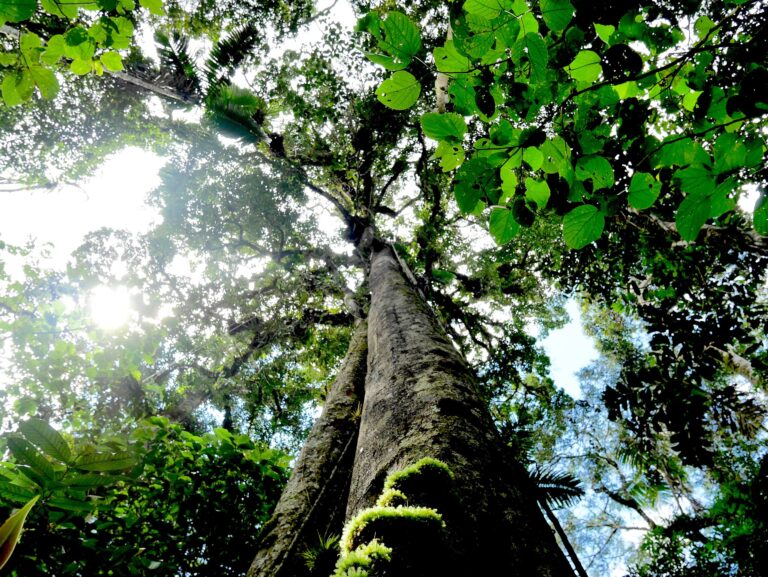The Creation of the Jungle
A long, long time ago, there lived an old woman that was a good and prolific lady. She mothered all the people of the tribe. She told them that when she was a little girl, a young and slender shaman like a cedar tree robbed her and took her faraway; he gave her many siblings forming a numerous family of which she was the chief caciki.
The shaman that took her away got to be a very old man who died when all his other women had died as well. He used to say that, because of certain witchcraft, his body was transported to the sun so that his enemies could neither step on his tomb nor chase him ever. The sun was really far, and since he was a really famous shaman, he could revive in it, and could become one with his dead, the main chief of all the tribes in the jungle of Oriente to the East, where he will always come back to check on their wellbeing.
Indeed, that is what happened. The old surviving woman opened her hut’s door facing the sun, and every morning the great star turned on his lights, the spirit of the shaman entered with the shadows of the palm fronds of the flowering chunta that surrounded her hut. Her children, with open eyes and extended hands, from the bottom of the hut, greeted their father with joy. They did not know what had happened, but understood and learned that their father and chief was the sun!
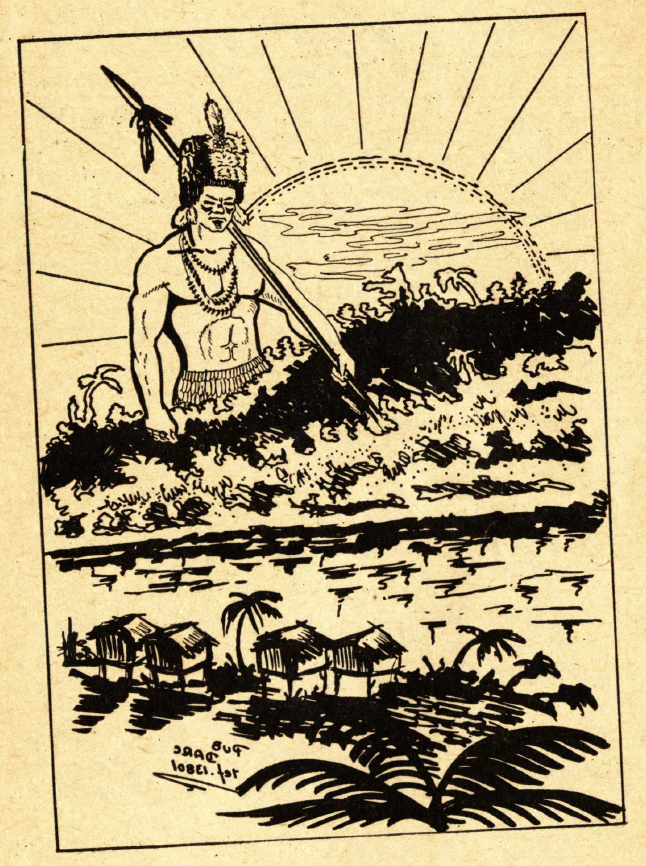
When because of the fog everything became dark, and the storm unleashed its fury in the middle of the night, the children, men, and women of the tribe, raised their arms to heaven and asked their grand chief in the sun to use his magical powers to make the miracle of dispersing the shadows to illuminate the jungle; however, when they were not heard –maybe he was away hunting or maybe he was sleeping– and the blackest stormy night turned onto the forest canopy scaring away the birds, who bring multicolored feathers for their crowns, ornaments and head dresses; all people of the tribe got drunk, and somebody needed to drink ayawashka to call him and to wake him up from its slumber…
When the sun had not appeared for several days, the anguished tribes invented fire. Fire had something about the light of the sun, something about the heat of the sun, and it was also happiness and life for the spirits of the jungle. Around the fire –that they kept lit all day and night long– drank their chicha and established conversation. During the day, fire gave them the most exquisite meals and during the night, it frightened the spirits of enemy shamans; that is why they always slept with a bonfire at their feet.
Once the fire had accidentally been turned off, the old woman with love had turned back on, not without telling something sweet to the shaman she believed was on the stove… The fire flared up and from the charcoal and logs wrapped in ash, sparks of light flew aloft and rose, it crossed the roof of the hut, ascended to the domain of the sun to become stars.
Ever since, there are no dark nights in the jungle, but light and happiness in the hearts of those who inhabit it.
Cultural Significance
The use of female figures in the creation myth attests to the importance of gendered elements of nature in jungle societies of Amazonia, where most groups were matriarchal for the most part, despite the appearance of male dominated hunting and ornamentation. The tallest kapok tree (Ceiba pentandra) is considered to be the mother of all in the forest floor, and the fertility expressed in the feminine nature of palms, like chunta (Bactris gasipaes) associated with the provision of housing, food, and tools for agriculture or wars.
Within the tropical rain forest socioecological systems, the notion of sentient landscape features provides a bridge to understand how magic and animistic believes drive the epistemology and ontology of the forested landscape under a stary night. The sun is central to the wellbeing of the whole forest and provides ancestral synergies to maintain harmony with the management of fire. These traditions are kept through generations via story telling and image elicitation.

